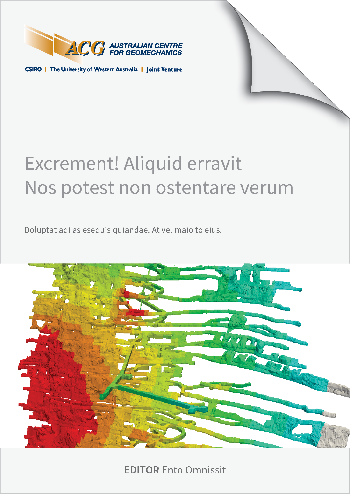Numerical assessment of explosive charge misfire impact on gravity flow in sublevel caving

|
Authors: Lapčević, V; Khodayari, A; Xu, C; Torbica, S; Dowd, P |
DOI https://doi.org/10.36487/ACG_repo/2435_D-16
Cite As:
Lapčević, V, Khodayari, A, Xu, C, Torbica, S & Dowd, P 2024, 'Numerical assessment of explosive charge misfire impact on gravity flow in sublevel caving', in Daniel Johansson & Håkan Schunnesson (eds), MassMin 2024: Proceedings of the International Conference & Exhibition on Mass Mining, Luleå University of Technology, Luleå, pp. 648-659, https://doi.org/10.36487/ACG_repo/2435_D-16
Abstract:
Blasting is a major factor influencing the success of sublevel caving operations and is the only controllable element in this process. The fragmentation of blasted material, which is unevenly distributed in space, impacts both the dilution and recovery rates. Explosive charge misfire results in unbroken rock within the blasting pattern, which negatively impacts both safety and the efficiency of operations. A misfire results in coarser fragmentation around the charge, further disrupting the gravity flow and increasing dilution. The impact of explosive charge misfire on the spatial size distribution of fragments and the subsequent effect on gravity flow in sublevel caving is analyzed using a 3D blast fragmentation model. The 3D spatial size distribution of fragments is determined for various scenarios. Results are then utilized to create a Discrete Element Method (DEM) model, which is used to simulate the gravity flow for each scenario. In the DEM simulations, ore dilution is monitored and compared with a base scenario that assumes no misfires. Results show a clear increase of ore dilution in misfire scenarios.
© Copyright 2025, Australian Centre for Geomechanics (ACG), The University of Western Australia. All rights reserved.
View copyright/legal information
Please direct any queries or error reports to repository-acg@uwa.edu.au
View copyright/legal information
Please direct any queries or error reports to repository-acg@uwa.edu.au